Ever feel stuck in a content rut? Scrambling for fresh ideas to keep your social media feeds and website buzzing? You’re not alone. Small businesses wear many hats, and creating engaging content can feel like a constant uphill battle.
But what if there is a way to tap into a constant stream of fresh, authentic content that enhances your brand’s online visibility, builds trust, and skyrockets engagement?
Enter User-Generated Content (UGC). These contents are created by your biggest fans – your customers. They can transform how potential clients see your brand, making it more relatable and trustworthy.
The Benefits of User-Generated Content
Authenticity and Trust
Customers trust other customers. Showcasing real experiences from real people helps build a deeper trust than any content you could create yourself. When potential customers see others enjoying your product or service, it reinforces their decision to choose you.
Increase Engagement
Content from users tends to generate more likes, shares, and comments compared to standard branded posts. This higher engagement helps strengthen your social media presence and increases your brand’s exposure.
Boosts Brand Awareness
When customers rave about you online, it reaches their entire network, exposing your brand to new audiences you might not have reached otherwise.
Improved SEO
Search engines love fresh and relevant content. When users mention your brand and discuss your products, it not only increases content volume but also improves your search rankings through keywords and new content, which drives more traffic to your site.
Strategies to Encourage User-Generated Content
Run social Media Campaigns
Initiate campaigns that encourage users to share their experiences. Create a specific hashtag for a campaign or hold a contest where customers post pictures with your product. The key is to make participating fun and rewarding.
Make it easy for them to share their experiences with the world. The easier it is to share, the more UGC you’ll get.
Make the process simple
Encourage your customers to leave reviews by making the process simple and direct. Offer incentives like discounts or entry into a giveaway in exchange for honest reviews. Positive testimonials can then be featured on your site and social channels.
Partner with Micro-Influencers
Team up with smaller social media personalities who resonate with your target audience. These “micro-influencers” can create authentic content featuring your brand and encourage their followers to join the UGC fun.
Engagement Tactics
Show some love to your customers. Always respond to customers who post about your brand. A simple thank you, comment, or repost can go a long way in building relationships and encouraging more content creation from users.
Leveraging UGC in Marketing Campaigns
Ready to unleash the power of UGC? Here’s how to turn that customer-created content into marketing gold:
Customer Spotlight
Regularly feature customer reviews and testimonials on your website and social media. It can be a customer photo, a video testimonial, or a written review. You can even create a dedicated section called “Customer Stories” to showcase their love for your brand.
Showing off this content not only fills your feed with authentic posts but also makes your customers feel valued.
Turn Subscribers into Customers
Emails land directly in your audience’s inboxes, offering a more personal touch than ads. They’re also perfect for sharing targeted content, special offers, and updates that keep your brand top-of-mind.
The problem: keeping them engaged can be tricky. Here’s where UGC can help.
Showcase real people using and loving your products in your emails. This relatable content cuts through the noise and reminds subscribers why they joined your list in the first place. It boosts engagement, sparks buying interest, and reminds them you’re not just a brand but a community they can connect with.
UGC Ads that Convert
Today, people have gotten good at ignoring ads. But what if your ads look less like ads and more like real people enjoying your product? That’s the power of UGC!
People trust real experiences over staged commercials. Showcase genuine customer photos and videos in your ads to grab attention, build trust, and remind viewers why your brand is amazing. Just be sure to get permission before using any UGC!
Final Thoughts
User-generated content (UGC) is a powerful marketing tool that can transform your brand strategy. By encouraging and leveraging authentic content from your customers, you can build trust, boost engagement, and skyrocket your brand awareness.
Remember, UGC is a two-way street. Show your appreciation for your customers by responding to their content and featuring their stories. By embracing the power of UGC, you can turn your customers into brand advocates and unlock a whole new level of marketing success.






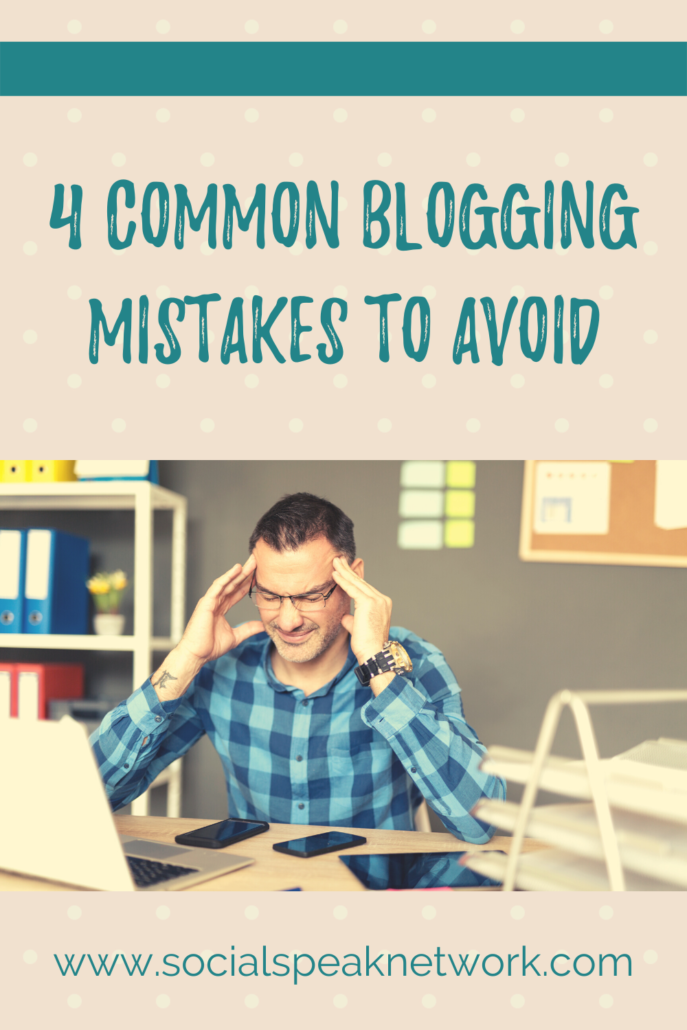

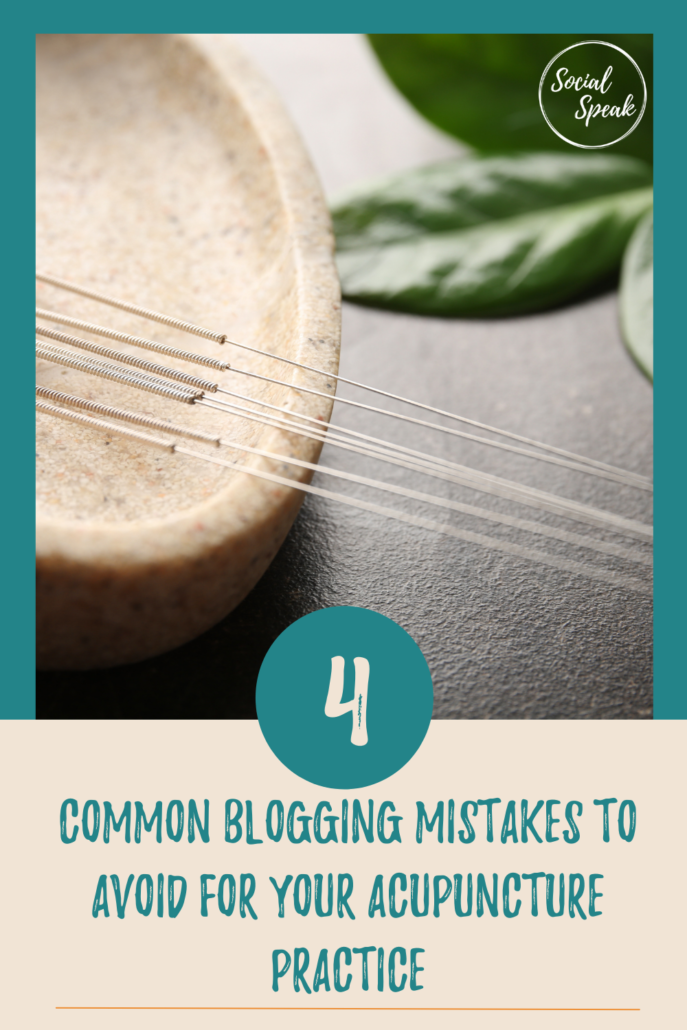



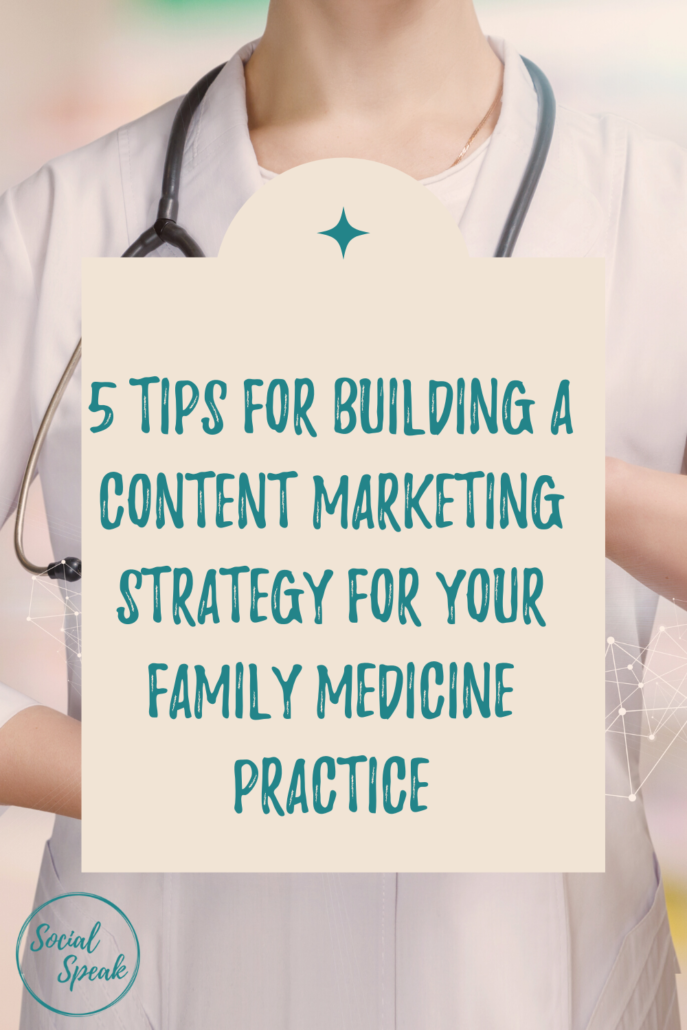
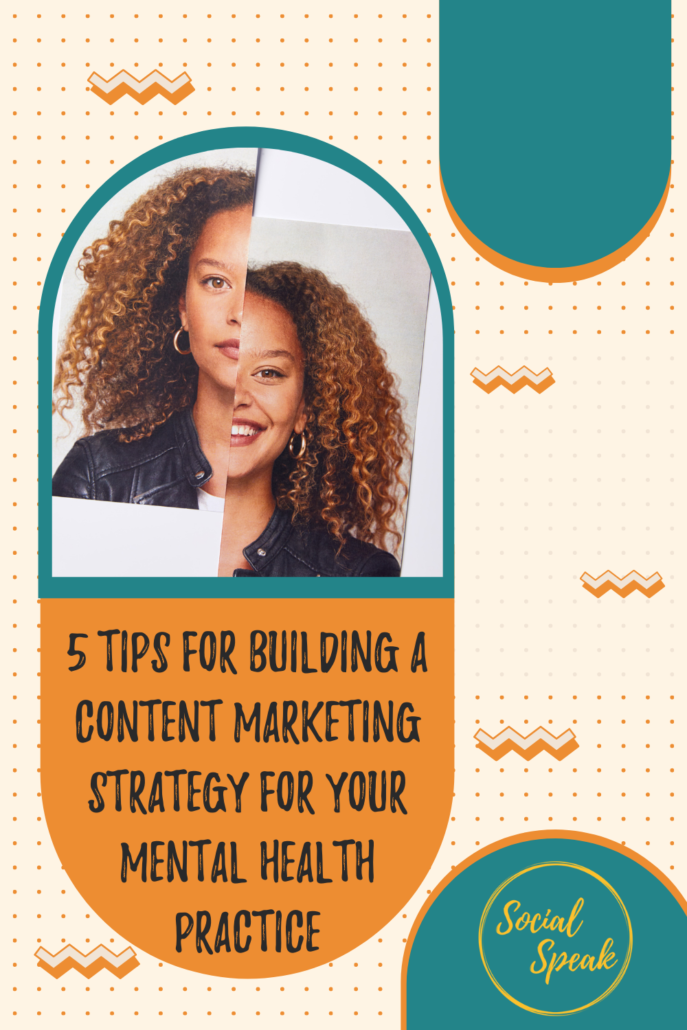


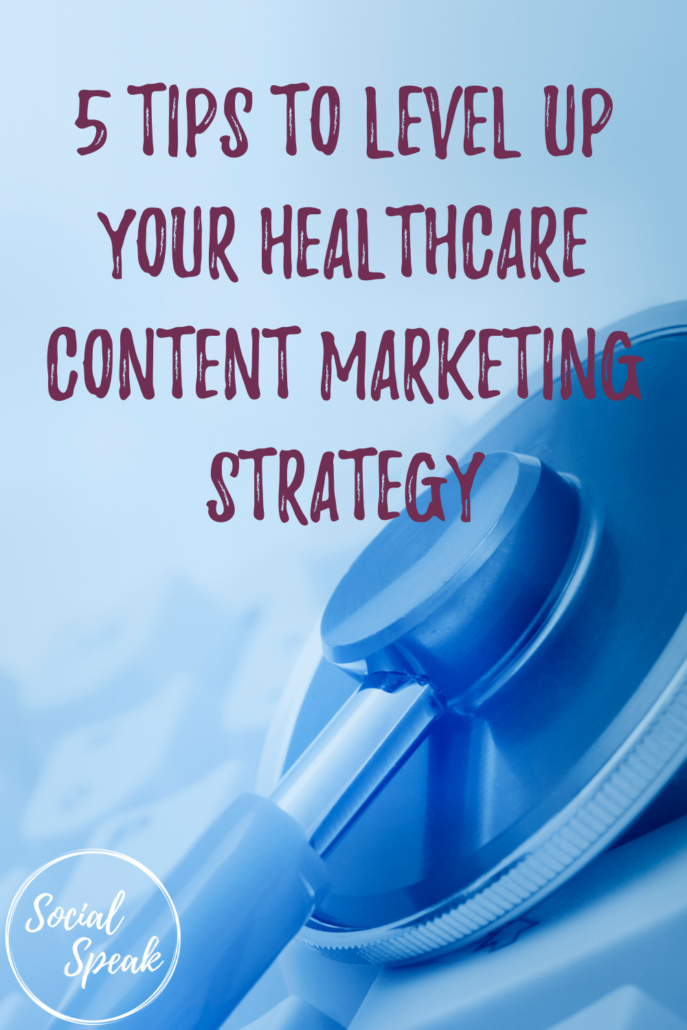









 Social media has been an integral part of our lives. Since most people check on their social media accounts several times a day, having a stellar social presence is essential for your business’ growth. Most business owners, however, tend to develop some bad habits that prevent them from growing their audience.
Social media has been an integral part of our lives. Since most people check on their social media accounts several times a day, having a stellar social presence is essential for your business’ growth. Most business owners, however, tend to develop some bad habits that prevent them from growing their audience. Content is the new method of advertising. Over the years, business owners and marketers have realized the importance of utilizing content in their marketing strategy. Because of this, most companies have made a commitment to push content out there to keep feeding the masses with information. Audiences today, however, have wised up. That said, the importance of quality content cannot be stressed enough.
Content is the new method of advertising. Over the years, business owners and marketers have realized the importance of utilizing content in their marketing strategy. Because of this, most companies have made a commitment to push content out there to keep feeding the masses with information. Audiences today, however, have wised up. That said, the importance of quality content cannot be stressed enough.
 It’s not easy to get people to visit your site. Once you’ve hooked your audience, you want them to stay a little longer in your site and do something. That something could be sharing your content, providing information, downloading something, adding products to their shopping cart or purchase your products. Unfortunately, most people will not know what to do unless you give them clear instructions.
It’s not easy to get people to visit your site. Once you’ve hooked your audience, you want them to stay a little longer in your site and do something. That something could be sharing your content, providing information, downloading something, adding products to their shopping cart or purchase your products. Unfortunately, most people will not know what to do unless you give them clear instructions.